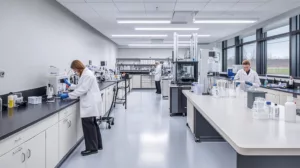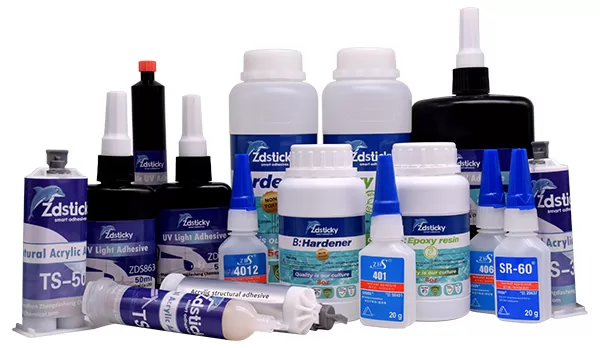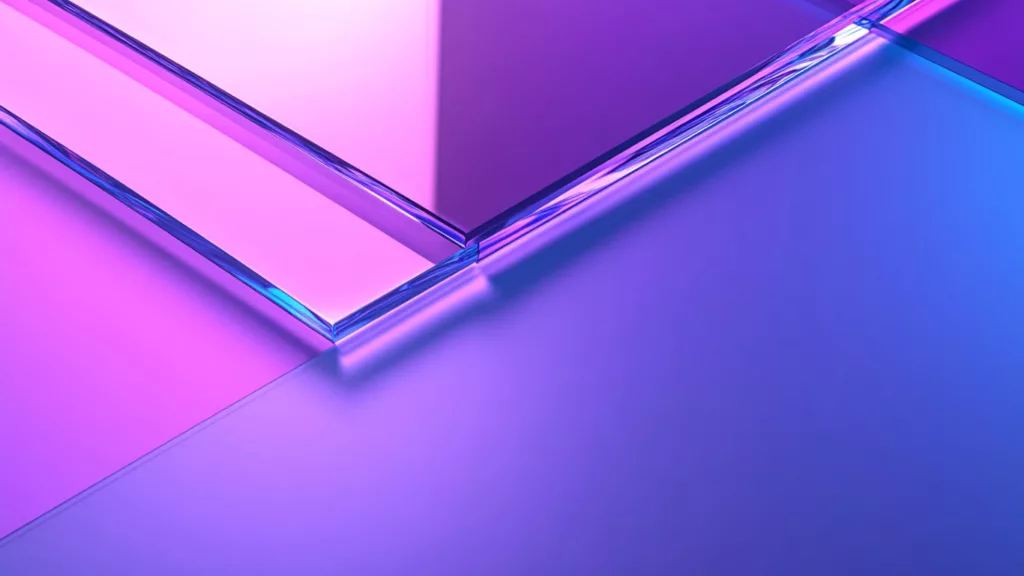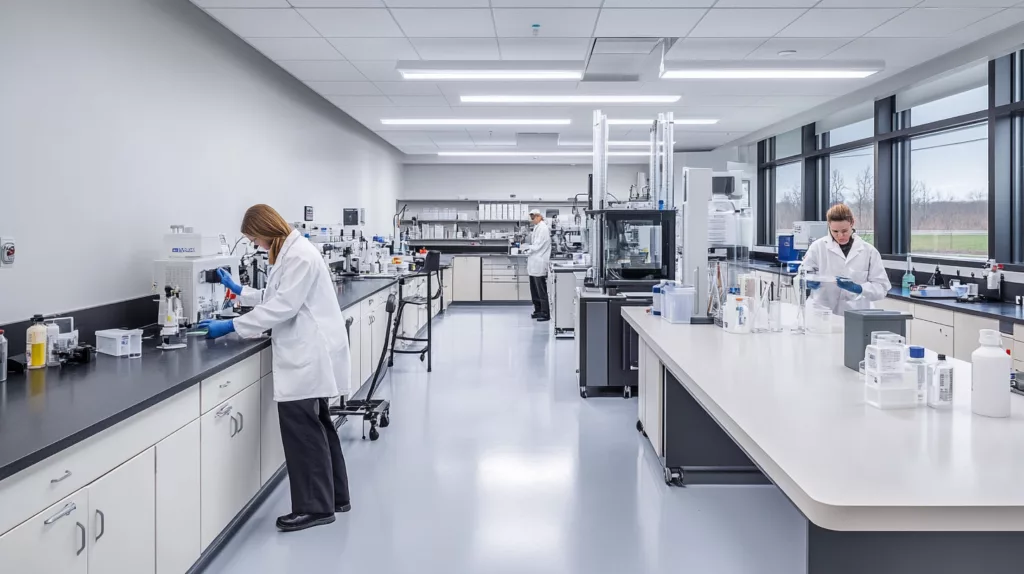In the fast-evolving electronics industry, precision and reliability are non-negotiable—especially when it comes to assembling PCBs, sensors, and miniaturized components. UV adhesives have emerged as a top-tier solution for electronics assembly, offering fast curing, minimal thermal stress, and excellent adhesion.
ZDS™ is a trusted adhesive manufacturer providing innovative bonding solutions, including a wide range of UV Adhesives for Electronics applications. With decades of experience in material science, ZDS™ continues to support manufacturers in achieving precision and durability at micro and macro scales.
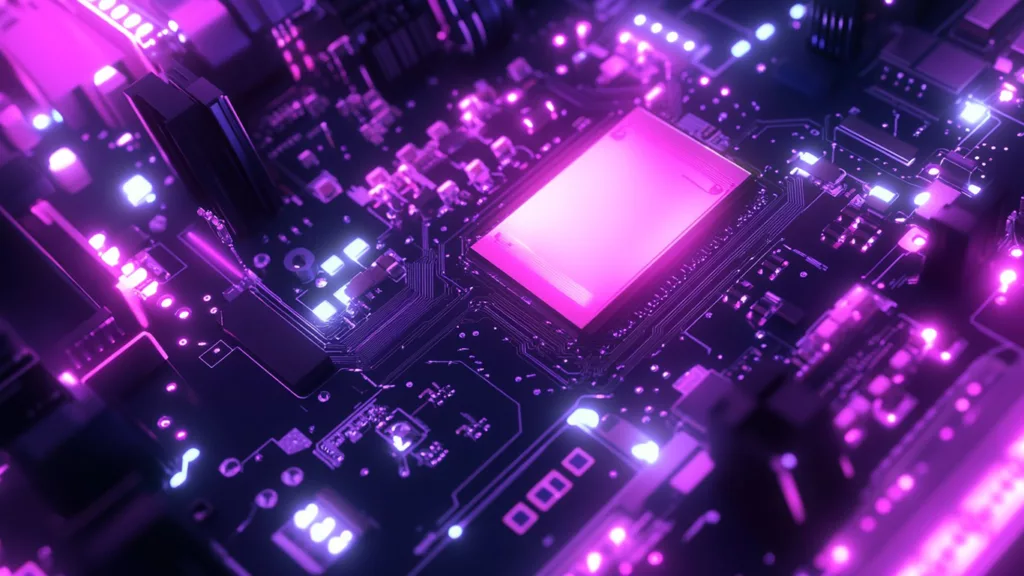
Why UV Adhesives Are Ideal for Electronics Assembly
UV adhesives are specially formulated resins that cure rapidly upon exposure to ultraviolet light. Their ability to bond delicate and sensitive parts without heat makes them particularly useful in electronics.
Key Advantages of UV Adhesives:
- Fast curing times – Enhances production efficiency and reduces cycle times.
- Low thermal stress – Perfect for temperature-sensitive components.
- High precision – Ideal for tight tolerances in micro-assembly.
- Clear, clean finish – Suitable for optoelectronic applications.
- Strong adhesion to multiple substrates – Including glass, plastic, metal, and ceramics.
UV Adhesive Applications in Electronics
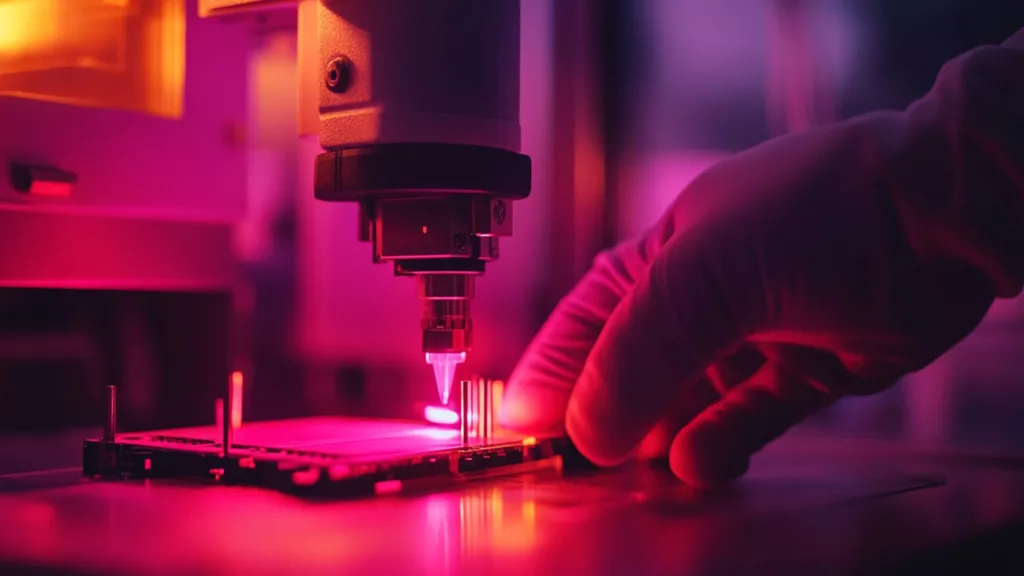
UV Curable Adhesive for PCB Assembly
Printed Circuit Boards (PCBs) form the heart of almost every electronic device. UV adhesives are used to:
- Secure components during wave soldering.
- Encapsulate wire leads and fine-pitch ICs.
- Reinforce solder joints for shock and vibration resistance.
With UV curable adhesive for PCB applications, manufacturers can maintain both mechanical stability and electrical integrity, especially in high-density layouts.
UV Bonding for Sensors
Sensors—whether in automotive, medical, or industrial environments—demand high-performance bonding with environmental resistance. UV adhesives are widely used to:
- Seal delicate MEMS sensors.
- Bond optical sensor elements.
- Protect from moisture, dust, and mechanical stress.
The UV bonding for sensors approach ensures long-term reliability and signal accuracy without adding bulk or weight.
UV Glue for Small Electronic Parts
Miniaturized components are becoming the standard in wearable tech, hearing aids, and mobile devices. UV adhesives provide:
- Precise micro-dot application.
- Instantaneous fixture strength.
- Aesthetic clarity with invisible bonds.
UV glue for small electronic parts is favored in automated production lines, where speed and accuracy are paramount.
How to Choose the Best UV Adhesive for Electronics
When selecting a UV adhesive, consider the following performance factors:
- Substrate compatibility (plastic, glass, metal, etc.)
- Viscosity and flow behavior (for dispensing)
- Cure speed and depth (based on UV source)
- Thermal cycling and humidity resistance
- Electrical insulation properties
ZDS™ offers tailored formulations with variable viscosity, optical clarity, and flexibility to meet diverse electronics assembly challenges.
FAQ
Q1: Can UV adhesives be used for flexible PCBs?
Yes, there are UV-curable adhesives designed with elasticity and shock resistance that work well on flexible substrates without cracking.
Q2: Are UV adhesives safe for sensitive electronic components?
Absolutely. Since UV adhesives cure without heat, they are ideal for temperature-sensitive components and do not induce thermal stress.
Q3: How do I ensure full cure in shadowed areas?
Some dual-cure adhesives combine UV and moisture or heat curing mechanisms to ensure complete polymerization even in shadow zones.
Final Thoughts
As electronics become increasingly compact and complex, Uv light curing adhesive provide a powerful solution for fast, reliable, and clean bonding. From PCBs to sensors and ultra-small parts, the right UV adhesive can significantly improve product performance and manufacturing throughput.
Whether you’re developing microelectronics or building robust sensors, consider partnering with ZDS™—a leader in adhesive innovation. Their high-performance UV bonding solutions are engineered to meet the evolving demands of modern electronics assembly.




